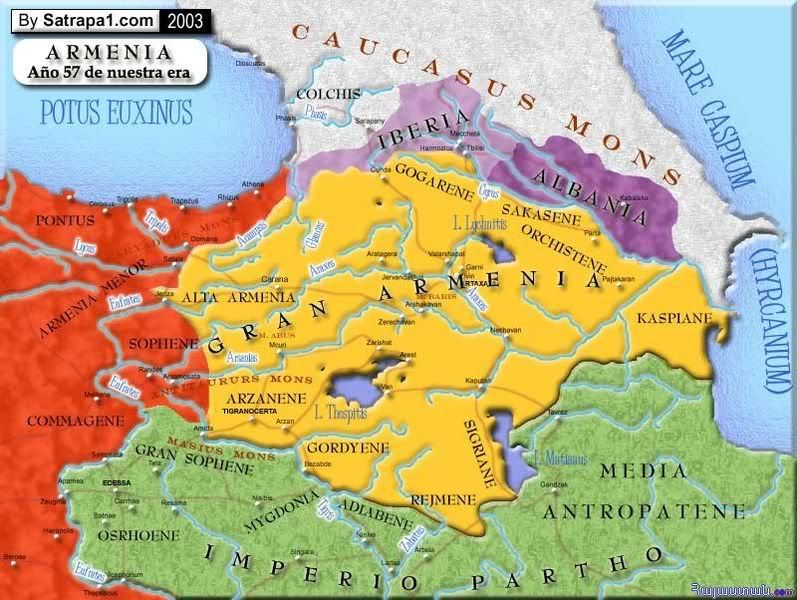Re: Caucasian Albania
I first read about Velichko when an Azeri quoted from one of his works. I knew this guy had to be anti-Armenian and sure enough he was. The thing with Azeris is if a book, article, etc. does not include anti-Armenian sentiment than it is of no use to them.
Originally posted by bell-the-cat
View Post







Comment